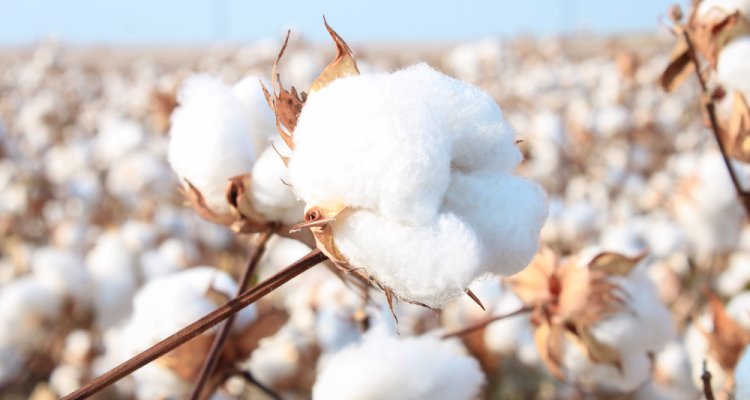
Project
Transformative ways to study transformative bioeconomies
Domain: Textiles with a focus on cotton What are you exploring? With what objective? We challenge the existing simulation and prediction approaches in adopting new information by confronting them with machine learning techniques. In doing so, we aim to develop a methodology that benefits the reliability of simulation, forecast assessments of leverage points, and intervention analyses.
Why is this interesting scientifically?
The developed methodology:
- provides a novel generic framework that enables quick evaluation and remediation of the forecasts and/or simulations based on parametric models or domain experts.
- closes the knowledge gap of scientifically integrating the parametric statistical models with non-parametric machine learning models through model fusion.
- is a semi-parametric tool (consisting of both parametric and nonparametric components), it, therefore, contributes to the stream of explainable-artificial-intelligence literature
How is this relevant to the materials transition?
One what issues would you like to get input from others?
Can improvements be found in the way:
- our models capture information?
- our experts absorb new information?
- our data management systems distribute new information?
The developed methodology:
- provides a scientifically valid and practically efficient tool to engage stakeholders and experts in the dialogue of projecting the future transition scenarios for textile and building materials sectors.
- can be formulated as a decision-support tool that combines the knowledge of different experts, and parametric, and non-parametric approaches to facilitate informed policy decisions regarding the bioeconomy transition.
- will be used as course material in a new MSc course provided by WU-AEP on machine-learning time-series forecasting.
What are the key activities or steps?
- Developing a methodology that can be used to determine to what extent a specific approach (e.g. expert opinions, parametric models, etc.) is fast and flexible enough to adopt new information.
- Organising a workshop for bioeconomy experts in the textiles and building sectors to discuss the developed methodology
- Upgrade the methodology based on the workshop
- Apply the methodology to the selected empirical case of the workshop
- Write a manuscript about the results of the empirical case (we write the manuscript parallel to the empirical analysis)